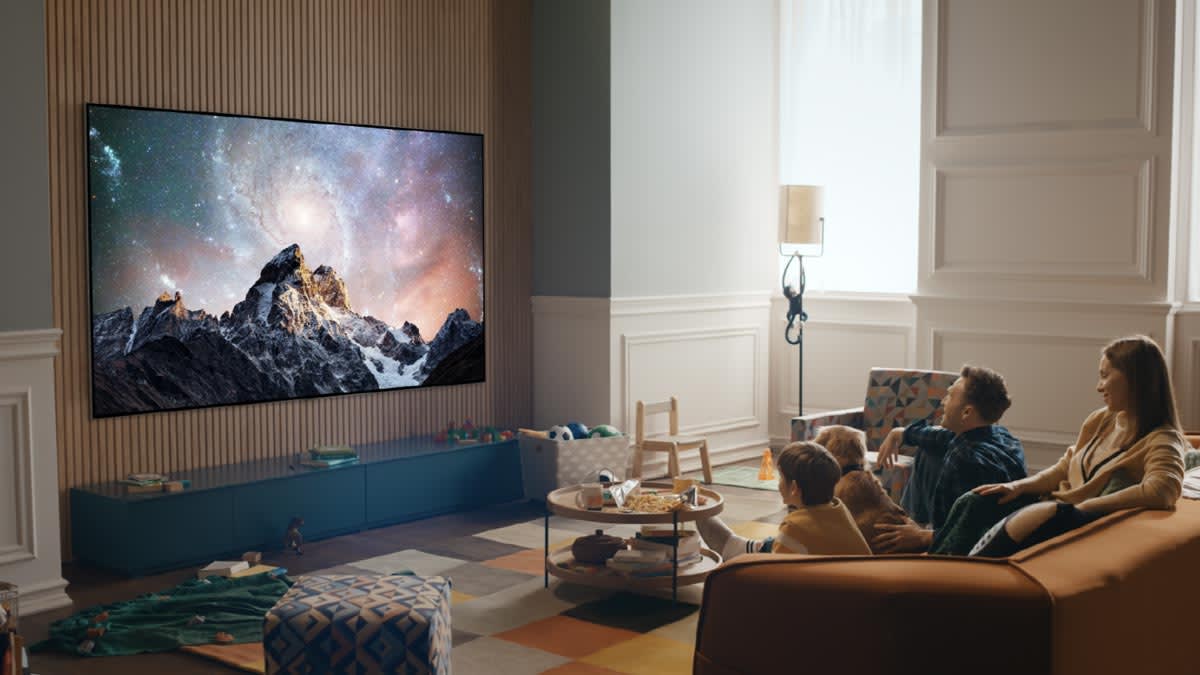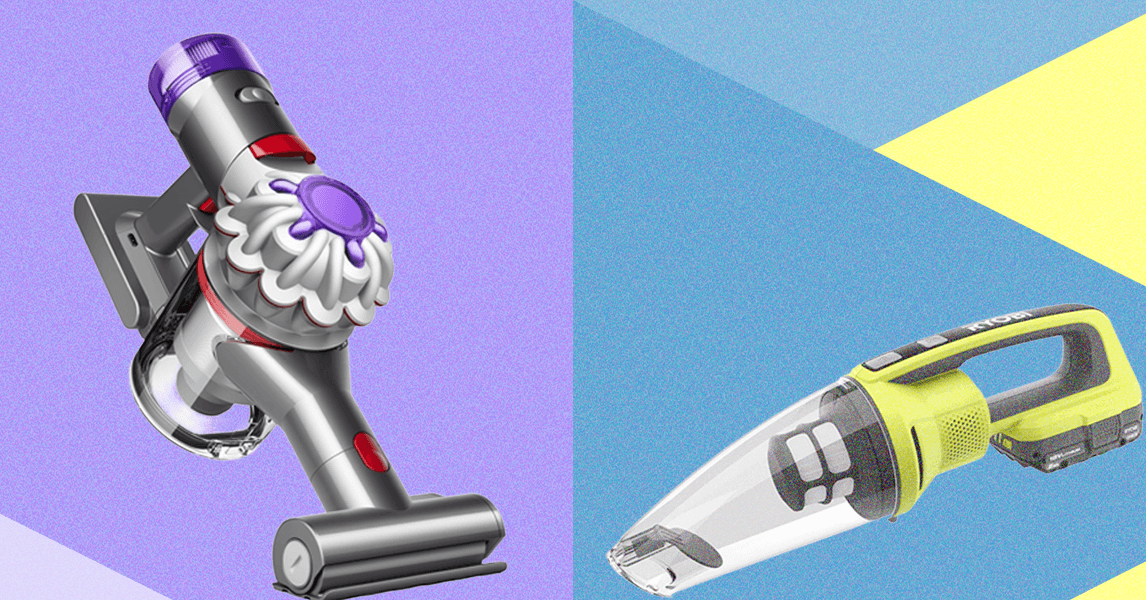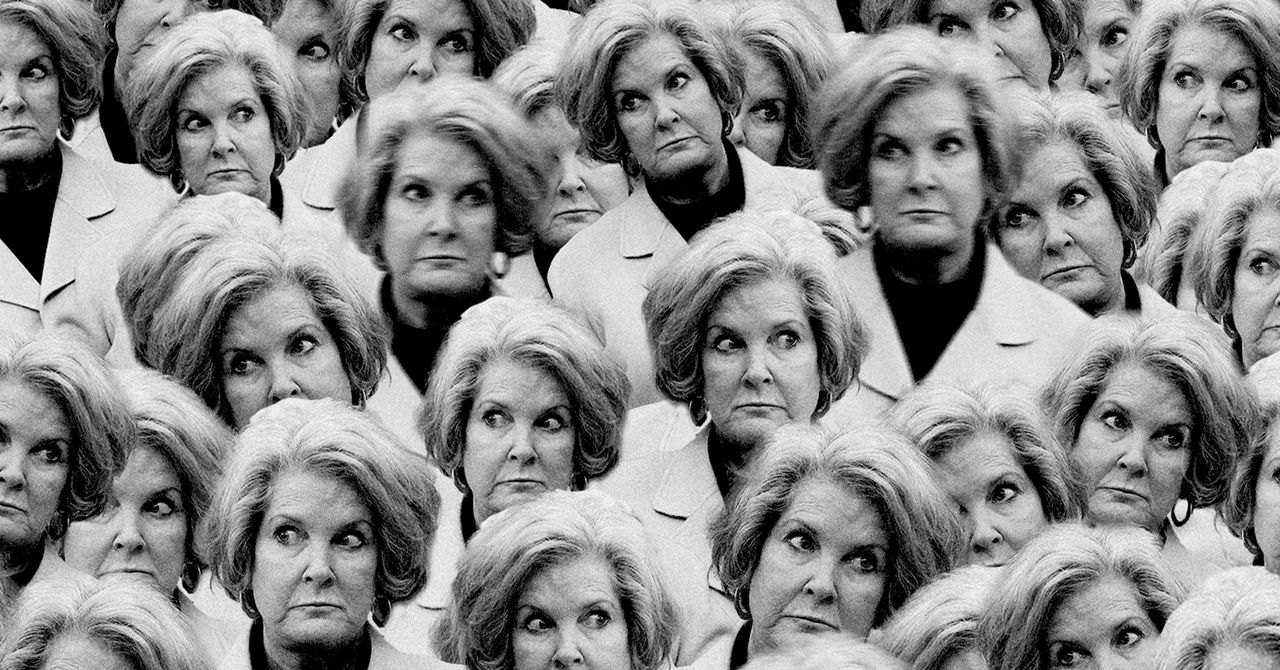
Just like QLED TVs, QD-OLED sets start with a blue light source and use quantum-dot material to produce red and green light. But because they are OLEDs, the light source, in this case, is each individual pixel.
Because these TVs don’t use color filters in front of the light source, QD-OLED TVs have the potential to reach higher peak brightness levels without losing any contrast.
In 2024, we’re seeing improvements that allow both WOLED sets and QD-OLED TVs to hit higher brightness levels and help boost HDR performance. Several TVs this year, including higher-end models from LG, Samsung, and Sony, offer higher peak brightness levels than last year’s sets, enabling them to deliver a very satisfying HDR experience.
One thing that is a bit more confusing this year is that Samsung is mixing WOLED and QD-OLED models within S90D-series sets. The 55-, 65- and 77-inch models use QD-OLED panels, while the 42-, 48-, and 83-inch sets use WOLED. As far as we can tell, QD-OLED models have an FXZA suffix, while the WOLED sets use EXZA.
More broadly, the best TVs in any category these days can combine high peak brightness with impressive black levels, plus vibrant, accurate colors and bright screens. That’s true for both LCDs and OLEDs. If you’re shopping for a television, you have more top-flight choices than ever before.









